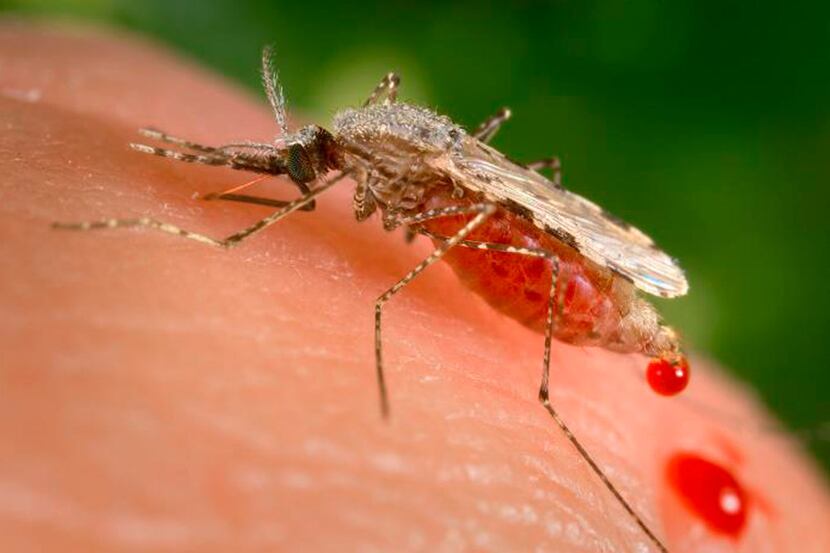We understand that most of our readers — like most Americans — probably aren't following news out of Paraguay. But there is a development out of the landlocked South American country that should give all of us good cheer and that highlights the importance of American engagement in global health initiatives.
Last month, Paraguay announced that it had eliminated malaria, a disease that is spread by mosquitoes and once ravaged the United States. This news marks Paraguay as the first nation in the Americas to eradicate the deadly disease within its borders since Cuba did so in 1971.
Paraguay didn't win this fight alone. The World Health Organization and the U.S. Centers for Disease Control and Prevention have lent assistance for years, something both organizations do around the globe.
In fact, America's fight with malaria dates back more than a century, from at least the time U.S. military forces began being stationed regularly in Cuba after it became an American protectorate following the Spanish-American War in 1898. The fight against malaria soon came home as the military joined with 13 states where the disease was then endemic.
When the U.S. established the CDC in Atlanta 72 years ago this month, under the name Communicable Disease Center, malaria control was its primary target.
By 1951, after spraying millions of homes throughout the South, malaria was eradicated in the U.S.
Ever since, the CDC's anti-malaria program has focused on helping fight the disease's spread overseas.
Paraguay's success is particularly noteworthy because the disease is surging elsewhere in the Americas. According to the latest World Malaria Report, issued in November, nine nations in the Americas saw malaria cases jump 20 percent or more in 2016. That's no small matter for a disease that killed approximately 445,000 people worldwide that year — many of them children.
The lesson we draw from Paraguay's success is that it may seem hopeless at times, but it is actually possible to make headway against diseases that have long vexed vulnerable populations. And that lesson is particularly important because as the world shrinks with increased global travel, diseases can more easily jump borders and even regions. Asian bird flu, swine flu and Ebola are just a few that have put Americans at risk.
The world is getting smaller. Diseases are getting more mobile, and our best protection remains the enormous efforts undertaken by agencies like the CDC, our nation's research universities and, yes, international partners who engage these diseases in remote locales.
It's valuable, if expensive and often painstakingly slow, work. But in the end, it can also be successful. Thank you, Paraguay, for reminding us that it is possible to imagine a world free of some of the most deadly diseases.
By the numbers
446,000: Deaths from malaria in 2015
9: Nations in Americas that saw a 20 percent spike in malaria cases
1: The number of nations in the Americas that have eliminated malaria since 1971
What's your view?
Got an opinion about this issue? Send a letter to the editor, and you just might get published.

